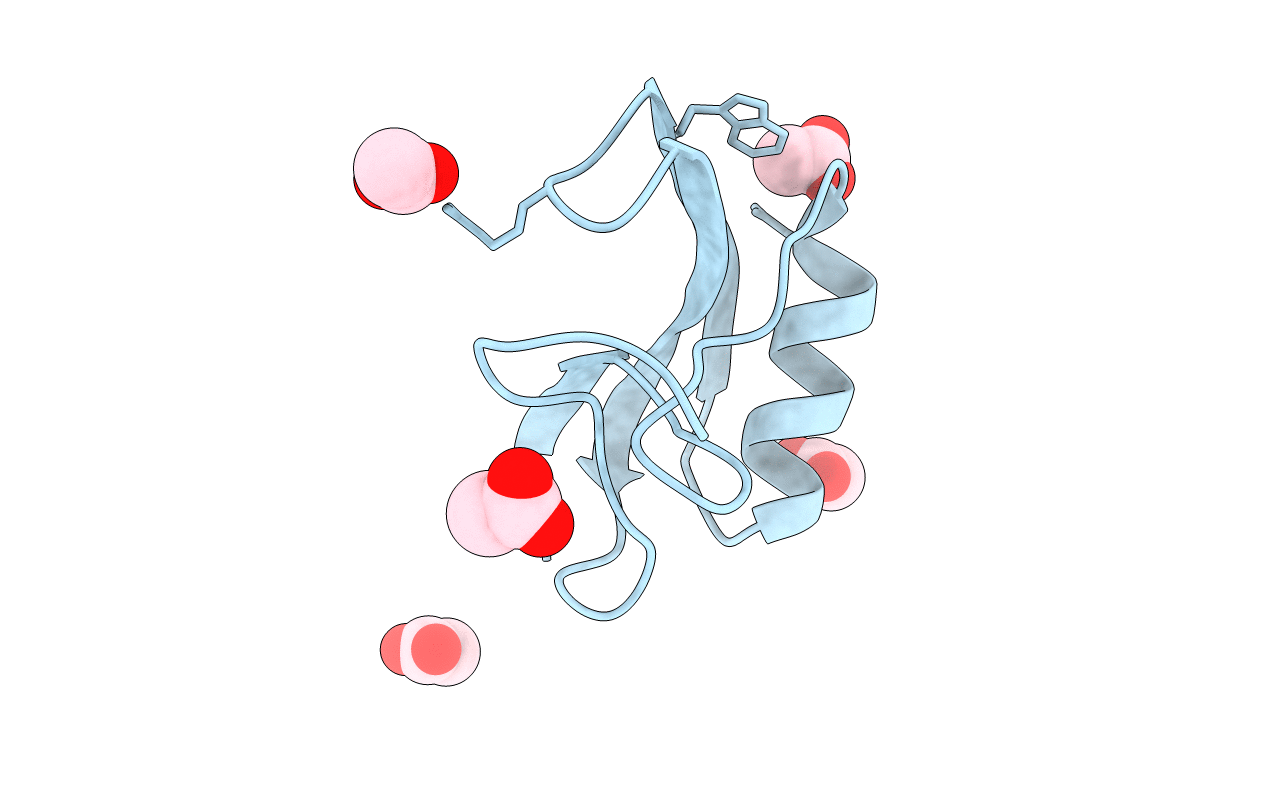
Deposition Date
1998-11-11
Release Date
1999-11-17
Last Version Date
2024-10-30
Method Details:
Experimental Method:
Resolution:
1.30 Å
R-Value Free:
0.19
R-Value Work:
0.16
R-Value Observed:
0.16
Space Group:
P 61


